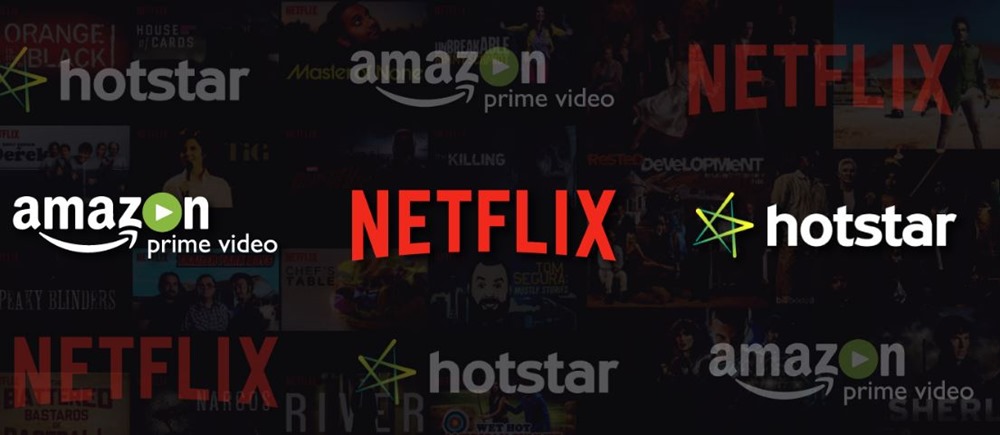Your Binge Watching Habit Is Destroying Environment; 30 Mins Of Netflix Means 1.5 Kg of CO2!

We all know how big the ‘binge-watching’ era has decided to be! Every millennial today is in one way or the other, involved in a TV series or a similar counterpart. All of these are so readily available on the number of over-the-top content (OTT) platforms, like Netflix and Amazon Prime that the degree at which it is proliferating has rather been left unrealised.
However, experts have a different story to depict. According to them, the ease of streaming services comes with a hefty environmental price tag. Studies have revealed that watching a half-hour show online leads to emissions of 1.6 kg of carbon dioxide equivalent, which roughly makes up for CO2 emitted while driving for 6.28 km.
Video Streaming Pays Heavy Fines for Environment
Along with the horrifying revelation we most certainly made to you about the energy usage for even a minimal amount of online video streaming, we would like to add that it has also been found out that last year, online video streaming produced emissions equivalent to Spain and this number is anticipated to double in the next 6 years.
Most of the online traffic has been found related to streaming videos on Netflix, Amazon Prime and Hulu.
Netflix is continuing to expand globally and reported a 53% increase in international revenue for streaming subscriptions between 2017 and 2018. With Disney and Apple launching their respective streaming services this year, we can surely expect for a rise in energy usages.
The Actual Energy-Problem Behind This
Digital videos come in very large file sizes and (are) getting bigger with each new generation of higher definition video. More data means more energy needed to maintain a system that is ready to stream this video to your device.
Most of the energy required for streaming services is consumed by the data centre. These centres contribute about 0.3% f all carbon emissions. Web-based video traffic is expected to increase four times from 2017 to 2022 and account for 80% of all internet traffic by 2022.
Along with all these, the equipment used to view videos is getting larger too; the average screen size shot up from 22 inches in 1997 to an expected 50 inches by 2021. This has set the stage for higher definition and thus larger file sizes that we are streaming.
Screens with 4K resolution use about 30% more energy than high-definition screens.

Comments are closed, but trackbacks and pingbacks are open.